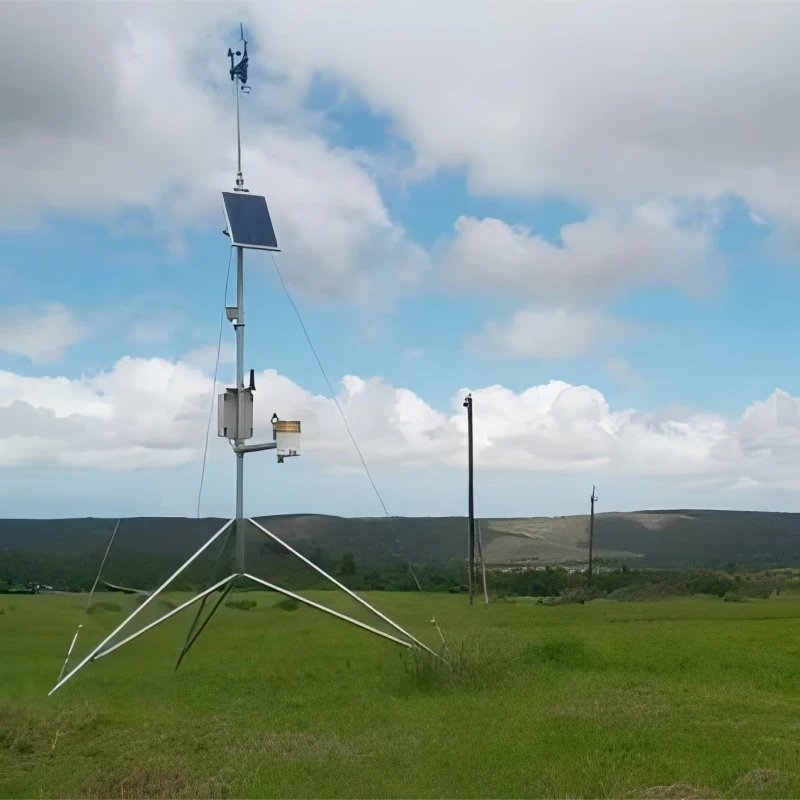
# Wind Speed Measurement Tool: An Essential Device for Accurate Weather Monitoring
Accurate weather monitoring is crucial for various industries, from agriculture to aviation. One of the key components in this process is the wind speed measurement tool. This device plays a vital role in providing precise data that can influence decision-making and safety protocols.
## What is a Wind Speed Measurement Tool?
A wind speed measurement tool, often referred to as an anemometer, is an instrument used to measure the speed of wind. It is an essential device for meteorologists, environmental scientists, and engineers who require accurate wind data for their work.
### Types of Anemometers
There are several types of anemometers, each designed for specific applications:
– Cup Anemometers: These are the most common type, featuring rotating cups that spin with the wind. The speed of rotation is directly proportional to the wind speed.
– Vane Anemometers: These devices use a propeller or a wind vane to measure wind speed and direction simultaneously.
– Hot-Wire Anemometers: Utilizing a heated wire, these anemometers measure the cooling effect of the wind to determine its speed.
– Ultrasonic Anemometers: These advanced tools use ultrasonic sound waves to measure wind speed and direction without any moving parts.
## Importance of Wind Speed Measurement
Understanding wind speed is critical for various reasons:
– Weather Forecasting: Accurate wind speed data helps meteorologists predict weather patterns and issue warnings for severe conditions.
– Aviation: Pilots rely on wind speed measurements to ensure safe takeoffs and landings.
– Renewable Energy: Wind farms use anemometers to assess the potential energy output of wind turbines.
– Construction: Engineers use wind speed data to design structures that can withstand high winds.
## How to Use a Wind Speed Measurement Tool
Using an anemometer is relatively straightforward:
– Choose the Right Type: Select an anemometer that suits your specific needs and environment.
– Calibration: Ensure the device is properly calibrated for accurate readings.
– Placement: Position the anemometer in an open area, free from obstructions that could affect wind flow.
– Data Collection: Record the wind speed data at regular intervals for consistent monitoring.
## Conclusion
The wind speed measurement tool is an indispensable device for accurate weather monitoring. Whether you’re a meteorologist, pilot, or engineer, having reliable wind speed data can significantly impact your work. By understanding the different types of anemometers and their applications, you can make informed decisions and enhance safety and efficiency in your field.
Investing in a high-quality wind speed measurement tool is a step towards better weather monitoring and more informed decision-making. Make sure to choose the right device for your needs and use it correctly to get the most accurate results.
Keyword: wind speed measurement tool



